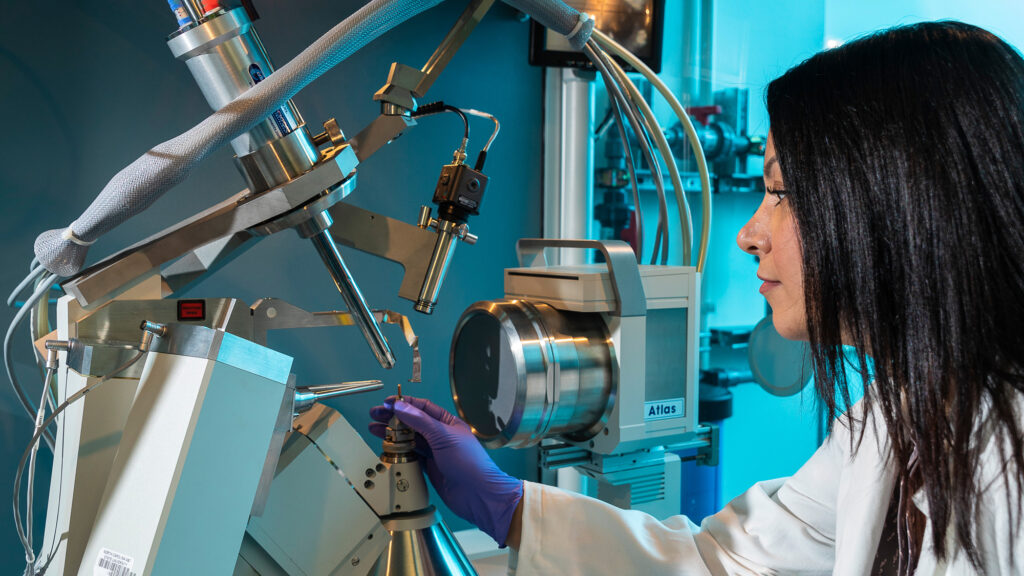Dr. Kaira Wagoner, a research scientist in the Department of Biology, has received a new $10,000 grant from the North American Pollinator Protection Campaign (NAPPC) for her proposal “Development of a Beekeeper-Friendly Assay to Quantify Honeybee colony Grooming Behavior.”
More info about this project can be found in the abstract below.
Abstract: The health of the honey bee (Apis mellifera) is declining despite the pollinator’s importance to global food security, and annual contribution of $235 – $577 billion to crop values worldwide. The primary threat to honey bee health is the parasitic mite Varroa destructor (Varroa), which completes reproduction inside honey bee brood cells, and is both a physical burden and disease vector to its honey bee host. There is a critical need to find a sustainable solution to control Varroa. To be sustainable, a solution must meet the needs of both bees and beekeepers, meaning that it must be long-term, low-cost, and capable of generating healthy and productive honey bee colonies. One important Varroa resistance trait in honey bees is grooming behavior, the use of legs and mandibles to physically remove mites from the honey bee body. High grooming bees detect and remove Varroa from adults, preventing and mediating the negative effects of mites and the pathogens they vector. Despite grooming behavior’s potential in the fight against Varroa, novel tools are needed to facilitate quantification of grooming. Existing methods for the quantification of grooming behavior are labor intensive, requiring either microscopes and skilled analysis of damaged mites, or complex laboratory setups involving infestation of bees, gas chambers and/or detailed observations. Accurate, efficient, and inexpensive tools that facilitate selection of grooming behavior are needed. Here we propose development of a prototype assay for improved, beekeeper-friendly quantification of honey bee colony grooming behavior.






